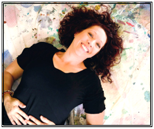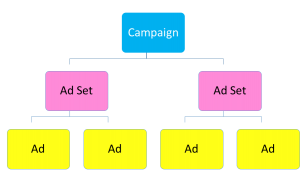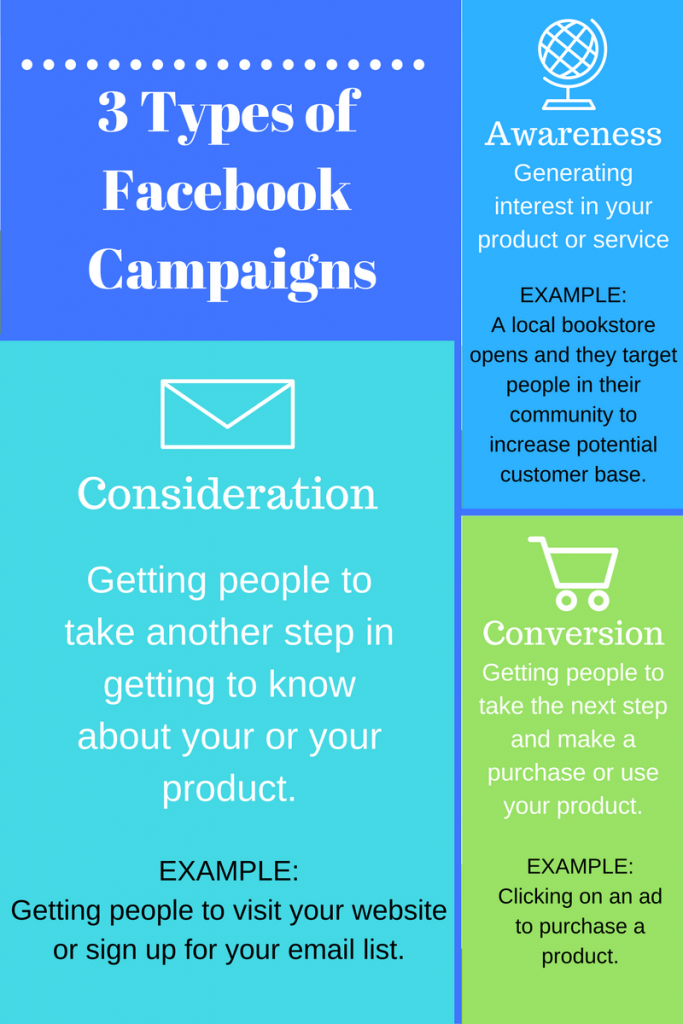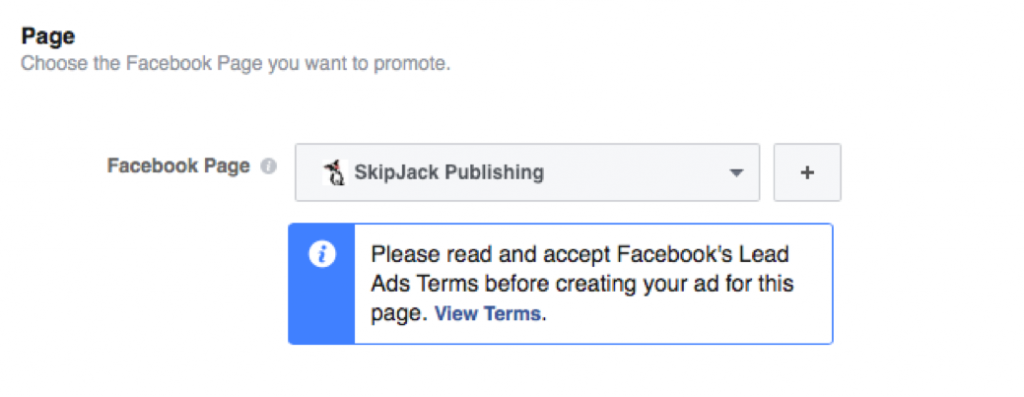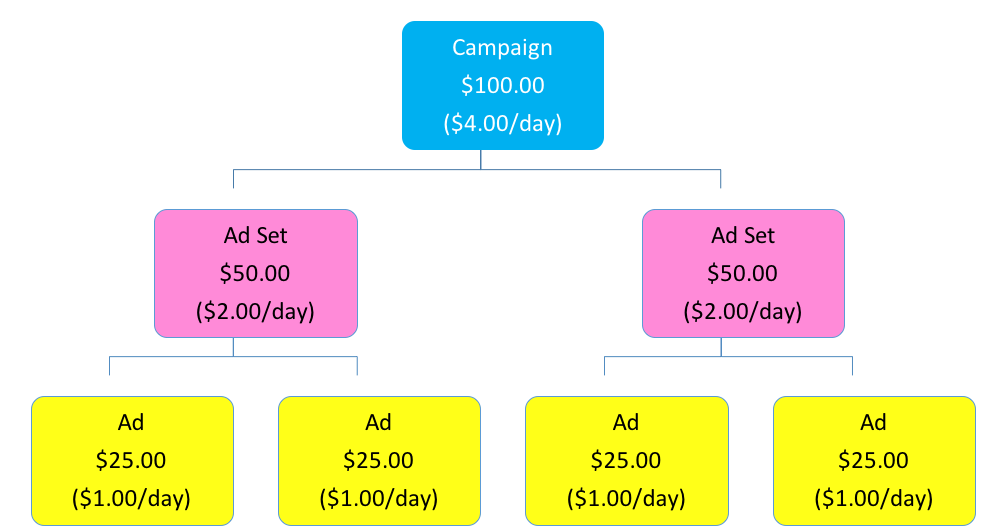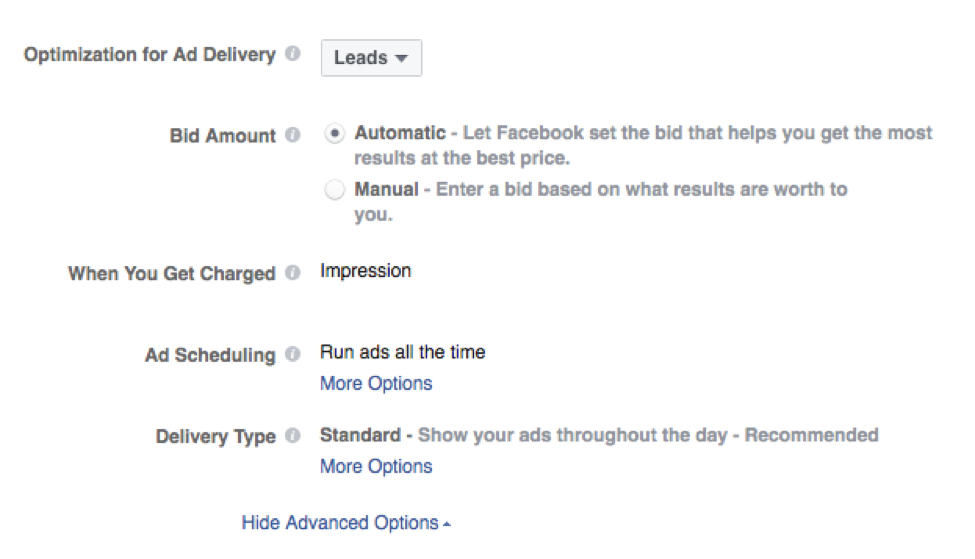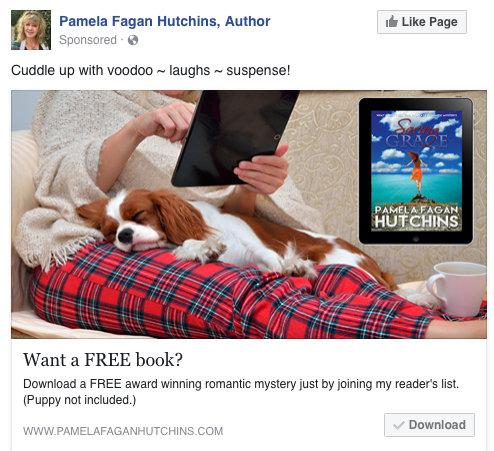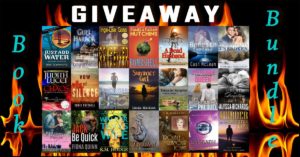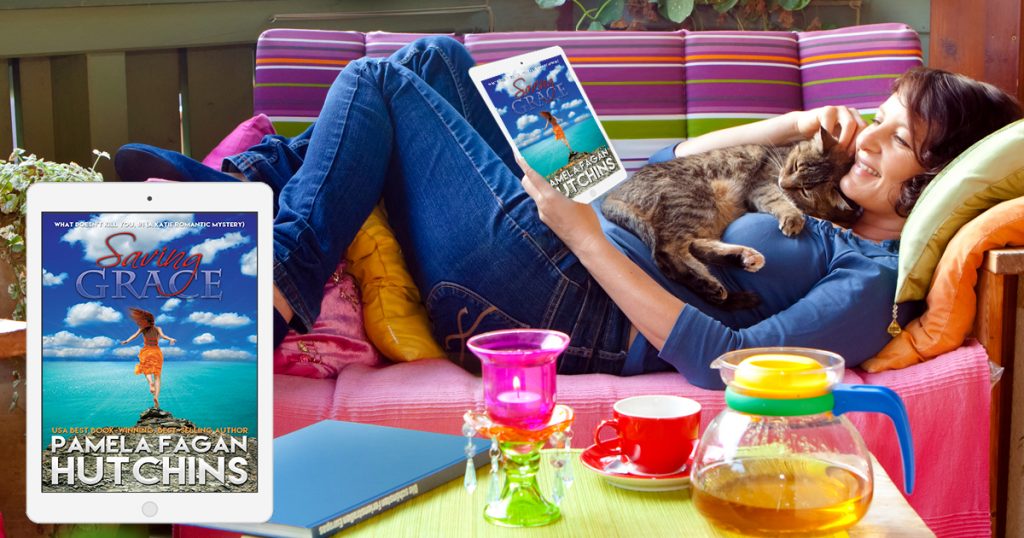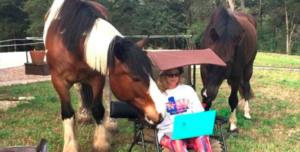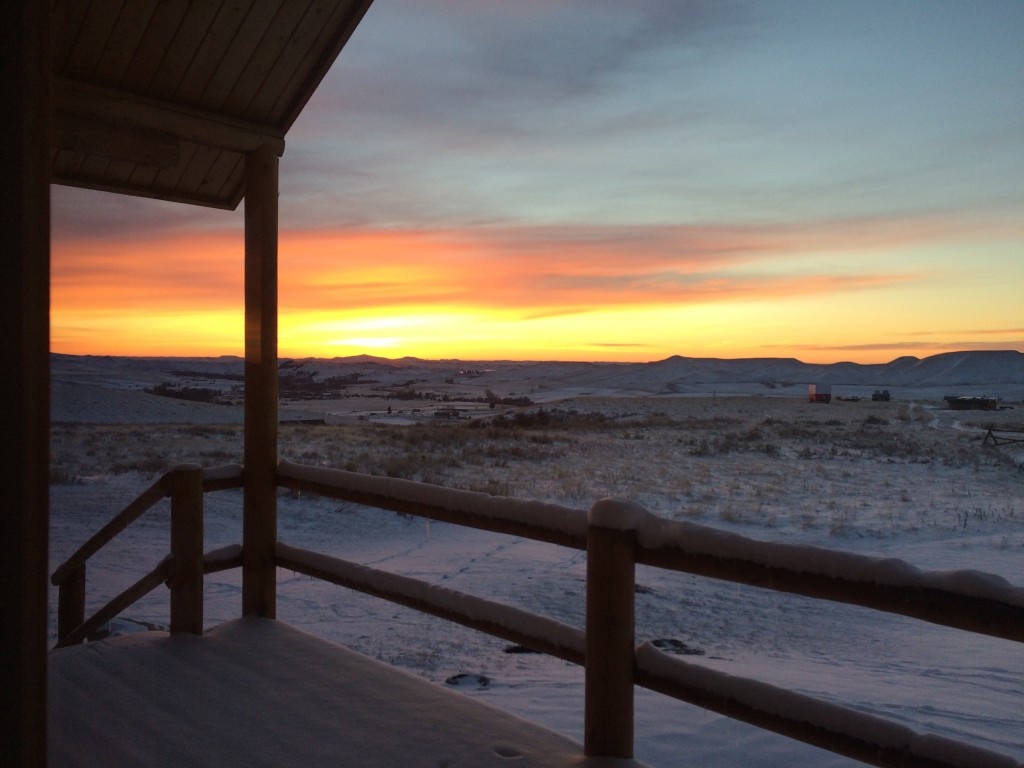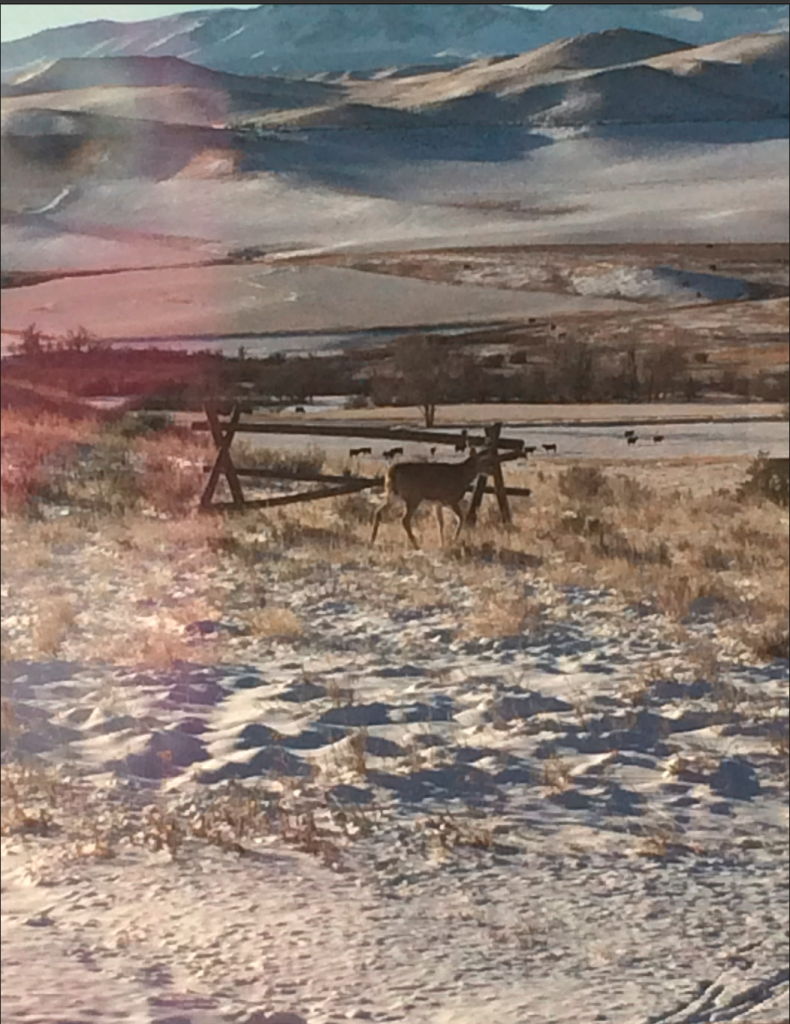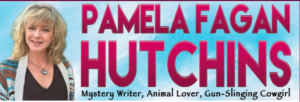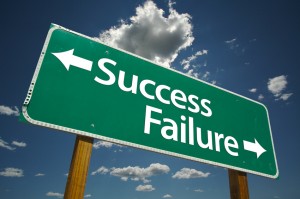
Here’s a blast from the past from Pamela Fagan Hutchins, who has since published ten novels and a novella and one more nonfiction book, quit her day job, and is writing novel number twelve and novella two as we speak.
Catch her brand new show, Wine Women & Writing Radio, debuting Friday May 4 at 10 am CT with guest C.C. Hunter aka Chrstie Craig, HERE!

The question is when to take and when to tank well-meaning advice.
Her vote? Go with the gut/heart connection:
When I informed my traditionally-published friends that I was indie-publishing my first five books at one time, they thought I was crazy. Maybe I am. The lead time was certainly lengthy. The work was intense, the learning curve and frustration immense. I had five books to write, consult on, get edited, make covers for, enter into contests (which some of them won), format and publish, and promote. Promote. Promote. Promote. Promote. Promote.
I had a plan, though. My plan was this: I would capitalize immediately on the online phenomenom of sales to happy buyers from my back list, while paving the way for my debut novel.

Pamela’s 2018 writers retreat is happening during Craig Johnson’s LONGMIRE days in nearby Buffalo, WY, so attendees are going to meet him and hear him speak! She’s had a cancellation, so she has a room left!! More information, HERE.
“But how can you focus on successfully marketing each book to ensure its success? You’ve got a lot of energy, but you still need time,” a friend asked.
“You need to slowly milk each book for all its worth to get any traction,” another advised.
A third said, “But there’s no crossover between fiction and nonfiction.”
I don’t disagree with them, for their marketing plans. But I had my own plan to develop, for my own books, and my own career. If I felt that these first five nonfiction books I published were my whole career, I’d follow the advice I was given. But they’re not. They’re awesome books, don’t get me wrong, and I have sold a lot of them and expect to sell tons more, for years. They’re just not the end-all-be-all focus of my writing. They are instead the back list and the entree into public (semi-public) consciousness for my jewels: my novels. The novels that I plan to roll out one by one and promote in a more “traditional” and focused manner.
And I don’t have to worry about the sales projections of a publishing executive who peers down her nose and through her half glasses at me as she pronounces my nonfiction too paltry for them to dabble with. It’s not too paltry for ME to dabble with. I don’t even need much crossover saleability to make this effort worth it. Hell, I’d written the content for these five books over five years of blogging anyway, so why let it go to waste when it could do some good, for me, and for those that bought it (because they are very helpful books)?
All of this — all of this effort, all of this promotion (radio, print, video, and in-person appearances), all of this nerve-wracking exposure — is to build the base at the bottom of the pyramid to support my novels. My plan as I developed and executed it was to learn the business and make my mistakes on these five narrative nonfiction books. For each book I sold, hopefully I gained name recognition and a reader of my future books. With each reviewer I wooed, I built a lasting relationship. With each store that held a signing event, I secured a future signing venue.
And thus for the launch of my first novel in November (yay! so excited!), I have a broader platform to market to, and a backlist of additional titles to sell to new readers. And so on. And so on, for all my future books.
“But Pamela, the average book — traditional or indie published — sells less than 100 copies per year. Aren’t you afraid yours will ‘fail’ if you do them all at once?”
Here’s my dirty little secret: I’ve already sold more than that of each of them, in two months. Lots more. And I know why, too. It’s because when someone stops by to buy one, they think, ah heck, why not, and they grab 1, 2, 3, or even 4 more. And they sometimes come back and buy them as gifts for other people, too.
This works especially well at book signings. I sold 57 books at my last signing. The owner of River Oaks Bookstore, a woman with 37+ years in the business, was astounded when we told her this. She said that 20 books at a signing for a traditionally published and well promoted author is a really, really good signing in her experience. My husband used to own a bookstore. He said the most he ever saw an author do was 10, and many authors went away selling zero after sitting for two hours twiddling their thumbs and trying to hide their embarrassment. What makes my signings different? Because it isn’t that I’m special.
Given our mutual success, the stores I have sold from have all invited me back. Begged me to come back, really. Because they did humongous business during my signings, which were EVENTS that the store could promote without sounding self-serving, events that generated energy and excitement, that drew in new customers who bought far more than my books while they were there. The stores made money, beautiful, sexy money.
Is this (sales) all because I published five books at once? Well, it’s at least in part due to that. In large part. But it’s also because I did not ignore the opportunity in print-on-demand books (I went with CreateSpace), which cost me nothing more than the time to format them, and a smidge extra to convert my covers to wrap-around. The margin on print books is larger than ebooks, for me. Only 1/3 of my sales so far are ebooks. Because my books are available in print, I can HAVE books signings, which we frontload for success, the mutual success of ourselves and the host-store. (See “Indie Writer Book Signing Success“)
But it’s also because these five print books make consignment deals for bookstores more appealing. The bookstores like working with multi-title authors. Think “economies of scale” in relationships. If I provide five books to a store that sell, isn’t it more worth their time to deal with me than an author with one book that sells, if those sales per book are roughly equal?
With the expanded distribution opportunities provided by CreateSpace, and with my husband/manager’s incredible energy and faith, we have my books in a long list of stores and growing. He plans to ask several of these chains to order nationwide, soon, to prime the pumps for distribution of (did you forget the master plan???) THE DEBUT NOVEL.
I love it when a plan works.
And I haven’t even published my novel, yet. Just these five books that I was told not to publish together. I don’t listen very well.
Which brings up the most important point of this post. This blog and the bazillion others out there provide you with information. Lots of it. Some of it is mundane and repetitive. Some of it is groundbreaking and exciting. Some of it is wrong, or simply wrong for you. My goal in sharing my journey with you through this blog is not to tell you what you must do to succeed. Far from it. For starters, your definition of success is unique to you, as is mine to me. I can’t tell you what you need to do to achieve that which I am unfamiliar with. I can, though, provide you with information. It’s up to you to decide how or whether to use it. Listen, don’t listen. Listen and agree, listen and disagree. That’s your part in this process.
Up for grabs!!! 2 tickets to Wild Deadwood Reads on June 9th in gorgeous, historic Deadwood, SD (info about the event HERE). Enter by leaving a comment telling Pamela why you want to go to Wild Deadwood Reads. Drawing May 3rd.

Now this plan may not result in me becoming the next Dan Brown, in fact, I know it won’t. But I won’t be moaning on my deathbed that I never went for the brass ring, full-out, leaping from my painted, polished pony with arm outstretched and hand grasping. I’m going for it, y’all, the fun, the excitement, and the potential of selling books.
And it has started with five, damn the naysayers, and damn the torpedoes.
Pamela
Pamela Fagan Hutchins, winner of the 2017 Silver Falchion award for Best Mystery (Fighting for 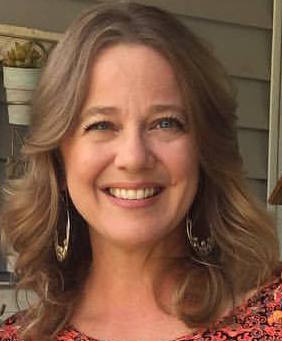 Anna), writes overly long e-mails, hilarious nonfiction (What Kind of Loser Indie Publishes, and How Can I Be One, Too?), and series mysteries, like those in her What Doesn’t Kill You world, which includes the bestselling Saving Grace and the 2015 and 2016 WINNERS of the USA Best Book Award for Cross Genre Fiction, Heaven to Betsy and Hell to Pay. You can snag her newest release, Bombshell, if you’ve already run the rest of the table. She teaches writing, publishing, and promotion at the SkipJack Publishing Online School (where you can take How to Sell a Ton of Books, FREE) and writes about it here on the SkipJack Publishing blog.
Anna), writes overly long e-mails, hilarious nonfiction (What Kind of Loser Indie Publishes, and How Can I Be One, Too?), and series mysteries, like those in her What Doesn’t Kill You world, which includes the bestselling Saving Grace and the 2015 and 2016 WINNERS of the USA Best Book Award for Cross Genre Fiction, Heaven to Betsy and Hell to Pay. You can snag her newest release, Bombshell, if you’ve already run the rest of the table. She teaches writing, publishing, and promotion at the SkipJack Publishing Online School (where you can take How to Sell a Ton of Books, FREE) and writes about it here on the SkipJack Publishing blog.
Pamela resides deep in the heart of Nowheresville, Texas and in the frozen north of Snowheresville, Wyoming. She has a passion for great writing and smart authorpreneurship as well as long hikes and trail rides with her hunky husband, giant horses, and pack of rescue dogs, donkeys, and goats. She also leaps medium-tall buildings in a single bound (if she gets a good running start).
 Anna), writes overly long e-mails, hilarious nonfiction (What Kind of Loser Indie Publishes, and How Can I Be One, Too?), and series mysteries, like those in her What Doesn’t Kill You world, which includes the bestselling Saving Grace and the 2015 and 2016 WINNERS of the USA Best Book Award for Cross Genre Fiction, Heaven to Betsy and Hell to Pay. You can snag her newest release, Bombshell, if you’ve already run the rest of the table. She teaches writing, publishing, and promotion at the SkipJack Publishing Online School (where you can take How to Sell a Ton of Books, FREE) and writes about it here on the SkipJack Publishing blog.
Anna), writes overly long e-mails, hilarious nonfiction (What Kind of Loser Indie Publishes, and How Can I Be One, Too?), and series mysteries, like those in her What Doesn’t Kill You world, which includes the bestselling Saving Grace and the 2015 and 2016 WINNERS of the USA Best Book Award for Cross Genre Fiction, Heaven to Betsy and Hell to Pay. You can snag her newest release, Bombshell, if you’ve already run the rest of the table. She teaches writing, publishing, and promotion at the SkipJack Publishing Online School (where you can take How to Sell a Ton of Books, FREE) and writes about it here on the SkipJack Publishing blog.




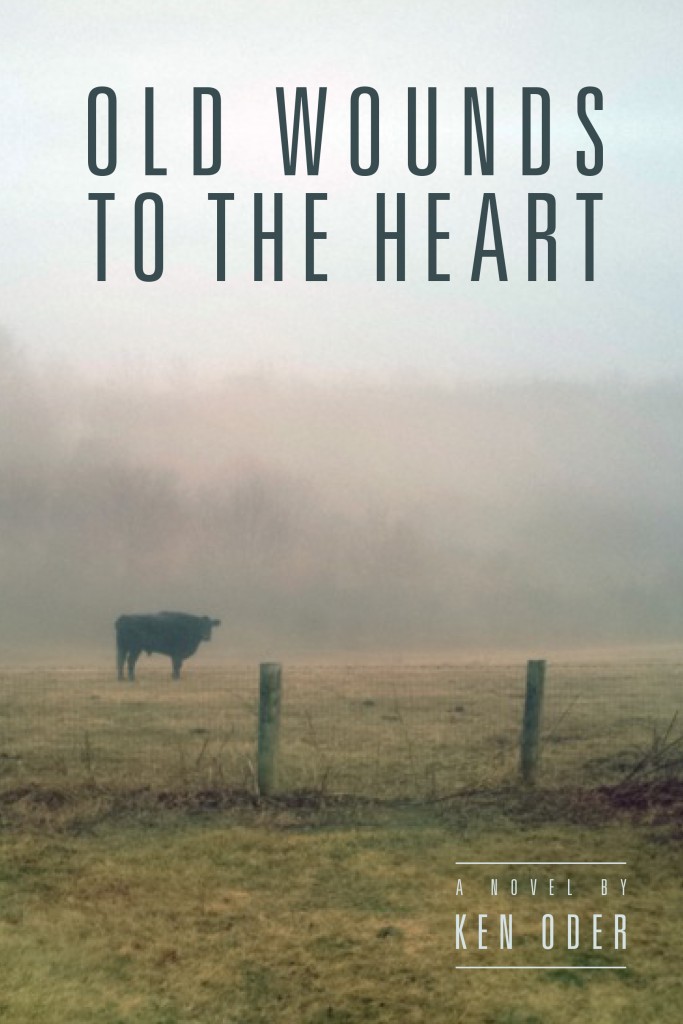

 As a publishing assistant—whose main focus is publicity, promotions and marketing, a mother, wife, writer, artist, part-time yoga instructor, and volunteer, a busy girl’s gotta do, what a busy girl’s gotta do. Anything to simplify my life. Enter Hootsuite, aka an assistant’s assistant.
As a publishing assistant—whose main focus is publicity, promotions and marketing, a mother, wife, writer, artist, part-time yoga instructor, and volunteer, a busy girl’s gotta do, what a busy girl’s gotta do. Anything to simplify my life. Enter Hootsuite, aka an assistant’s assistant.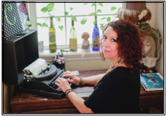 As there are two sides to every story, there are two sides of Candi’s creativity. Over the years, she’s crafted poetry, short stories, a children’s picture book, and her most recent work, is a humorous Cozy Mystery. She wrote her first poem when she was ten about her baby sister who was fascinated by her own toes.
As there are two sides to every story, there are two sides of Candi’s creativity. Over the years, she’s crafted poetry, short stories, a children’s picture book, and her most recent work, is a humorous Cozy Mystery. She wrote her first poem when she was ten about her baby sister who was fascinated by her own toes.